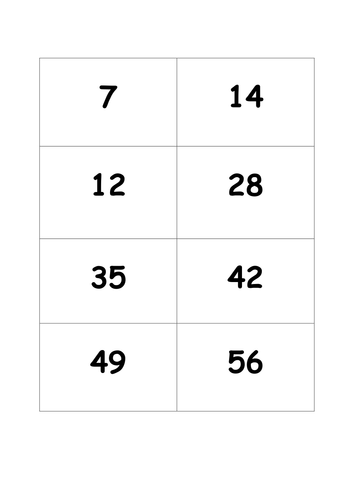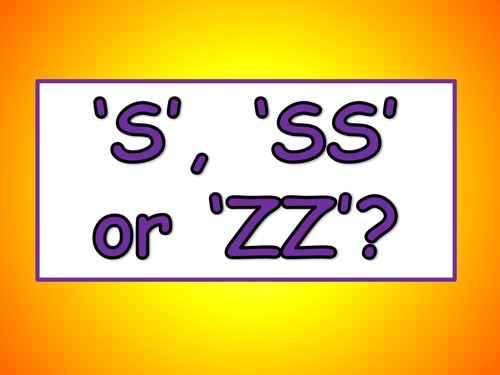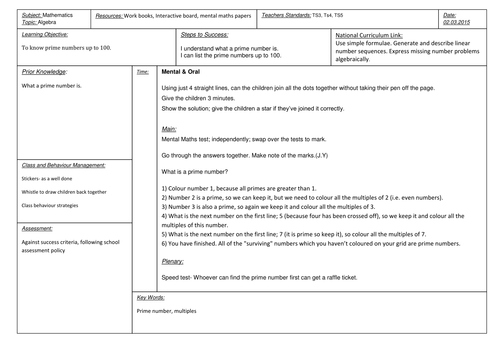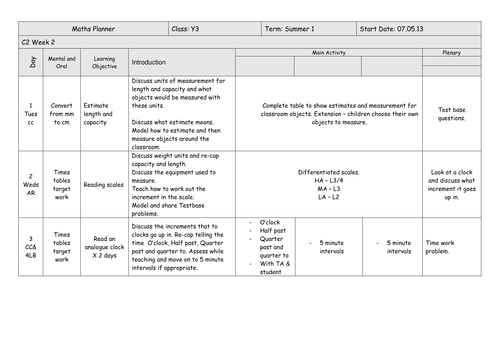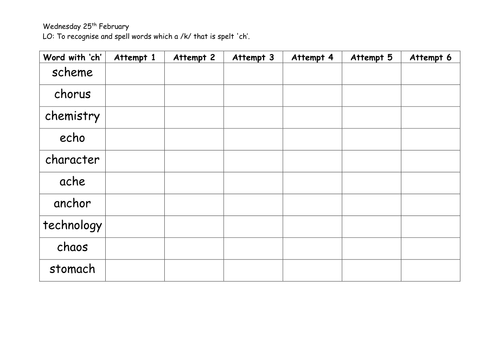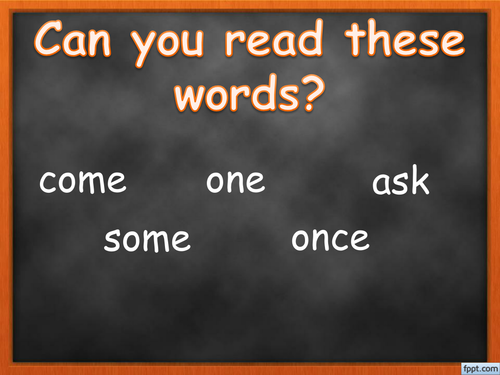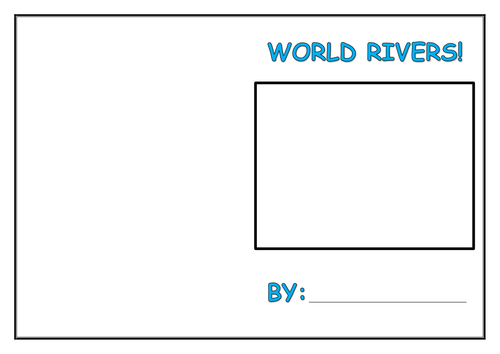
34Uploads
26k+Views
26k+Downloads
All resources

Esio Trot instructions
LO: to design and plan a set of instructions to make a tortoise catcher.
Re-read pages 32 – 36 of Esio Trot
Explain task and recap on features of instructions
In pairs ch design a tortoise catcher, then practice giving the instructions orally.
Record their plan, including a labelled sketch of the design.
WT (target children) - scaffold- guided
ARE - different scaffold
M
Ext: Instructions for looking after a tortoise.
SUCCESS CRITERIA - I can use features of instructions.

SPAG lessons
Spag lessons- Presentations/plans/activities
Grammar-
To understand how to use an apostrophe for plurals.
Spelling-
To recognise and spell words with a / ʃ / that is spelt 'ch'.

The Queensway tunnel opening (liverpool topic)
Local history lesson: The Mersey Tunnels
Teaching points
LO: To understand the impact and significance of the opening of the Mersey Tunnels.
• Learning task – Discuss how we get to and from Liverpool and what they know about the tunnels.
ppt with facts about the queensway tunnel opening and some about the kingsway tunnel. To discuss why it was important
To create a newspaper report on the event
Example of a newspaper report made as a WALT

Year 1 Phonics
26 Phonics PowerPoint.
Used for phonics intervention in year 2 and year 3 or phonics revision in Year 1 for Phonics screening check.

World Rivers fact book
Worksheet for the lesson:
Learning Display: World Rivers
Session 1
LO: To identify the rivers of the world and understand their geographical location
Independent Activity
Children to pick 2 rivers (LA to use fact sheets for guidance) to create a fact book on 2 rivers.

Countries in Europe
Learning Session Four: What are the countries in Europe like?
Teaching points
Learning Outcome: To locate countries in Europe concentrating on their environmental regions, key physical and human characteristics, countries, and major cities.
• Learning task- Use Google Earth and mapping / atlas skills.
• Look at Map of Europe. – what do they know? How many countries can we find in five minutes? List, including Russia. How many countries are there? What is the difference between a country and a continent?
Make a list of geographical/and a few cultural questions that we counld research to compare countries. eg Environmental – climate,
Physical features - mountains, rivers, lakes, beaches
Human – capital city; major cities; tourism
Cultural – language; religion
• Focus on Germany, Switzerland and Greece.
• Do Round Robin of classrooms – ch learn about one country in each class.
• 3W – Germany; 3B Greece’ 3MB Switzerland;
What facts can we discover? Compare - similarities and differences.
Give each child a research passport to complete for each country.
Plenary ��� share facts and display
Resources – holiday brochures for pictures
Atlases:
Bundle

Phonics
Phonics powerpoints-
Used for phonics intervention in year 2 and year 3 or phonics revision in Year 1 for Phonics screening check.


